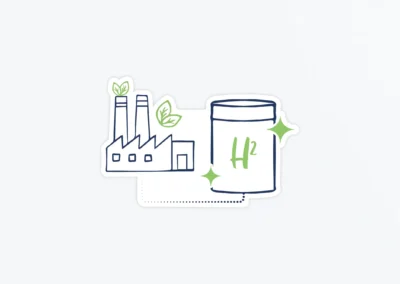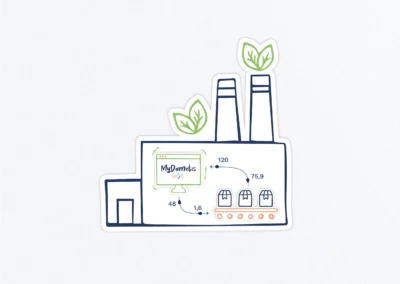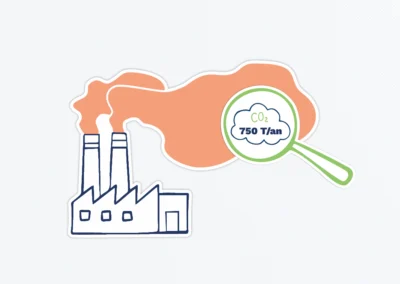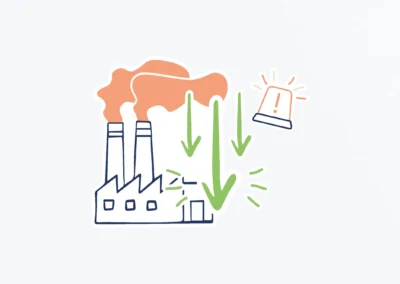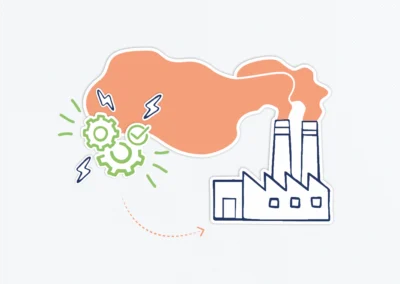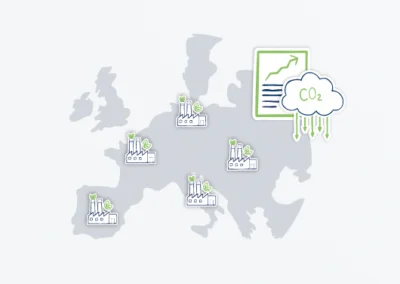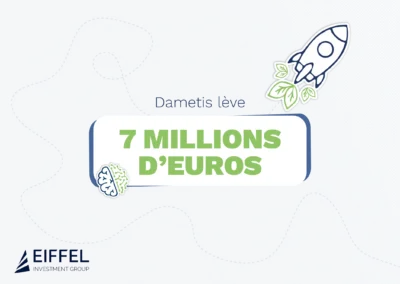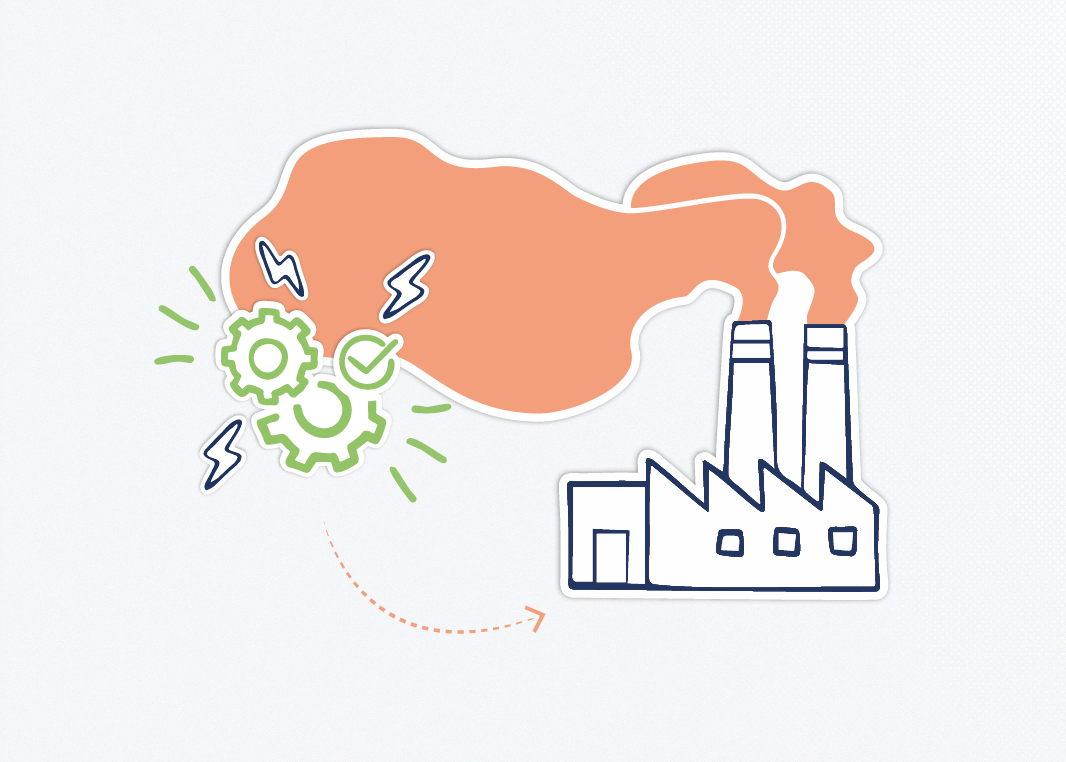
Waste energy: A high recovery potential
Could this be the neglected aspect of the energy transition? In any case, waste energy is often the forgotten element of energy policies. And yet, the volumes at stake are significant, and can often be recovered. Here’s an overview of this important concept.
What is waste energy?
Waste energy refers to energy that is unavoidably and unintentionally produced during an industrial process. It is also called residual or dissipated energy. This energy can take different forms: cold, gas, electricity… but most often heat. In this case, it is referred to more specifically as waste heat.
We talk about recovered energy when a recovery process has been implemented. This is the ideal situation, as this energy is essentially “free.” In some cases, failing to recover it can even be “costly,” particularly when the energy needs to be cooled before being released, whether for technical (e.g., flue gas treatment) or regulatory reasons (e.g., reducing the temperature of wastewater). The opportunity cost of waste heat recovery can therefore be very relevant for some industrial processes.
There are many examples of waste energy emissions:
- Heat from incinerator flue gases
- Thermal energy from wastewater in treatment plants
- Residual heat from steel mills, cement plants, refineries, glass production, some chemical processes, etc.
- Heat released from data center cooling
- Etc.
Of course, the temperature level of the waste heat is a key factor in its potential for recovery. And this level can vary widely: from 30°C for wastewater, for example, up to 500°C for combustion gases.
What are the volumes involved?
There are few studies precisely quantifying the volumes of waste energy lost each year. The most significant one dates back to 2017 and was conducted by ADEME. It focused on waste heat and has not been updated since.
The French Agency for Ecological Transition estimated the following waste energy sources:
- Industry: 109.5 TWh from industrial fuel combustion is released as heat (48% of which is lost at temperatures above 100°C). Notably, two sectors (agri-food and chemical-plastics) account for 53% of the total.
- District heating networks: 16.7 TWh
- Municipal waste incineration plants: 4.4 TWh
- Data centers: 3.6 TWh
- Wastewater treatment plants: 0.4 TWh
36%
Estimated loss of industrial fuel combustion in France
Source: Ademe
At the time, industry represented the vast majority (over 80%) of the total waste energy. However, it is very likely that the waste energy potential of data centers in particular has increased significantly since then.
In response to this, public authorities have mandated the use of waste heat in all data centers above 1 MW. These centers have until October 11, 2025, to comply.
How can I recover my waste energy?
There are two main ways to recover waste energy:
- Internally, on site, to supply needs using heat exchangers, heat pumps, steam turbines, or ORC machines (Organic Rankine Cycle machines, which can, for example, produce electricity from heat) for the highest temperatures.
- Externally, to provide heat to third parties. For example, waste heat recovery from data centers can be used to heat premises or other nearby consumers, or even injected into an urban heat network.
Can I get help?
There are two main support mechanisms for heat recovery.
First, several operations are eligible under the energy savings certificates scheme.
Examples include operations related to a heat recovery system on a cooling unit, whether in:
- des bâtiments. This corresponds to the “BAT-TH-139” form.
- industry. This corresponds to the “IND-UT-117” form.
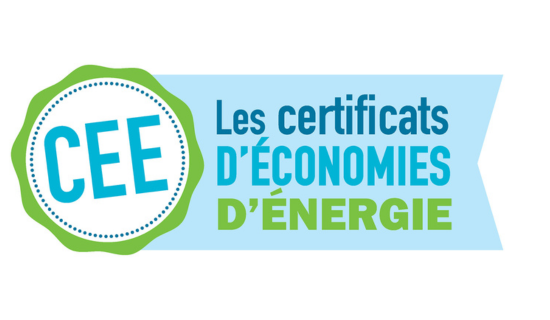
Point of attention!
Working groups are currently underway concerning these two forms, with a planned removal as early as this summer for the “IND-UT-117” form and early 2026 for the “BAT-TH-139” form.
Other, more specific operations are also eligible for recovering heat from an industrial furnace (form “IND-UT-118”), a compressor (form “IND-UT-103”), or a cooling tower (form “IND-BA-112”).
Next, the ADEME Heat Fund actively supports waste heat recovery. The ecological transition agency has set up a process based on four key steps:
- Identifying the project through an energy audit to locate the waste heat source and assess its suitability for the need (especially the temperature level).
- Conducting a feasibility study to determine technical, economic, regulatory, and environmental parameters.
- Investment, including engineering studies to confirm the investment decision.
- The measurement plan required to verify the energy performance of the installed system and its monitoring over time.
To benefit from the Heat Fund support, three conditions must be met:
- Carry out a preliminary study upstream (energy diagnosis / feasibility study).
- The captured waste heat must be recovered as heat and/or cold.
- Recover a thermal energy quantity greater than 1 GWh/year (exemptions are possible via the specific scheme called “Territorial Renewable Heat Contract”).
244
Number of waste heat recovery projects financed by the Heat Fund since 2015.
Source: Ademe
Once these conditions are met, ADEME offers two distinct types of support:
- Assistance for conducting feasibility studies for waste heat recovery installations.
- Investment aid for implementing waste heat recovery installations.
Waste energy is an energy resource with high potential, but often overlooked. Yet, these sources exist, and recovery operations are beneficial both for reducing energy costs and contributing to decarbonization.
If you would like support to estimate your waste energy recovery potential and identify the most effective recovery solutions, contact us…










